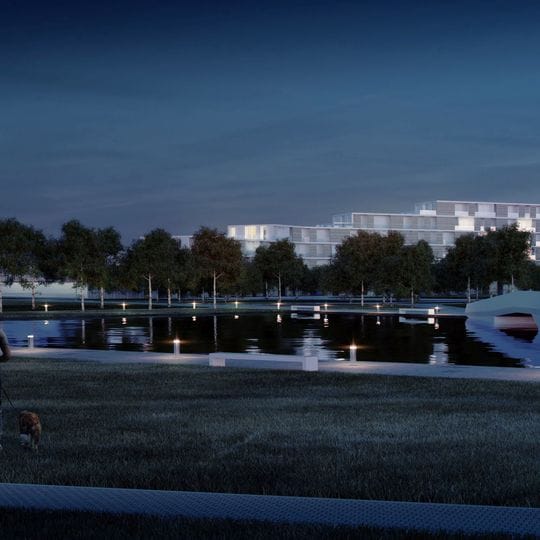Architect and 3D visualizer Federico Fernandez Rodriguez knows V-Ray for Rhino. He’s used the software at his architecture practice F2R Studio for over 10 years, and since 2011 he’s been an invaluable contributor to our beta program. We like him so much we’ve even used one of his images in the V-Ray for Rhino installer. With the release of V-Ray 3.6 for Rhino, we invited Federico to write this guest blog post on his favorite new features of the software, and why he keeps coming back to it.
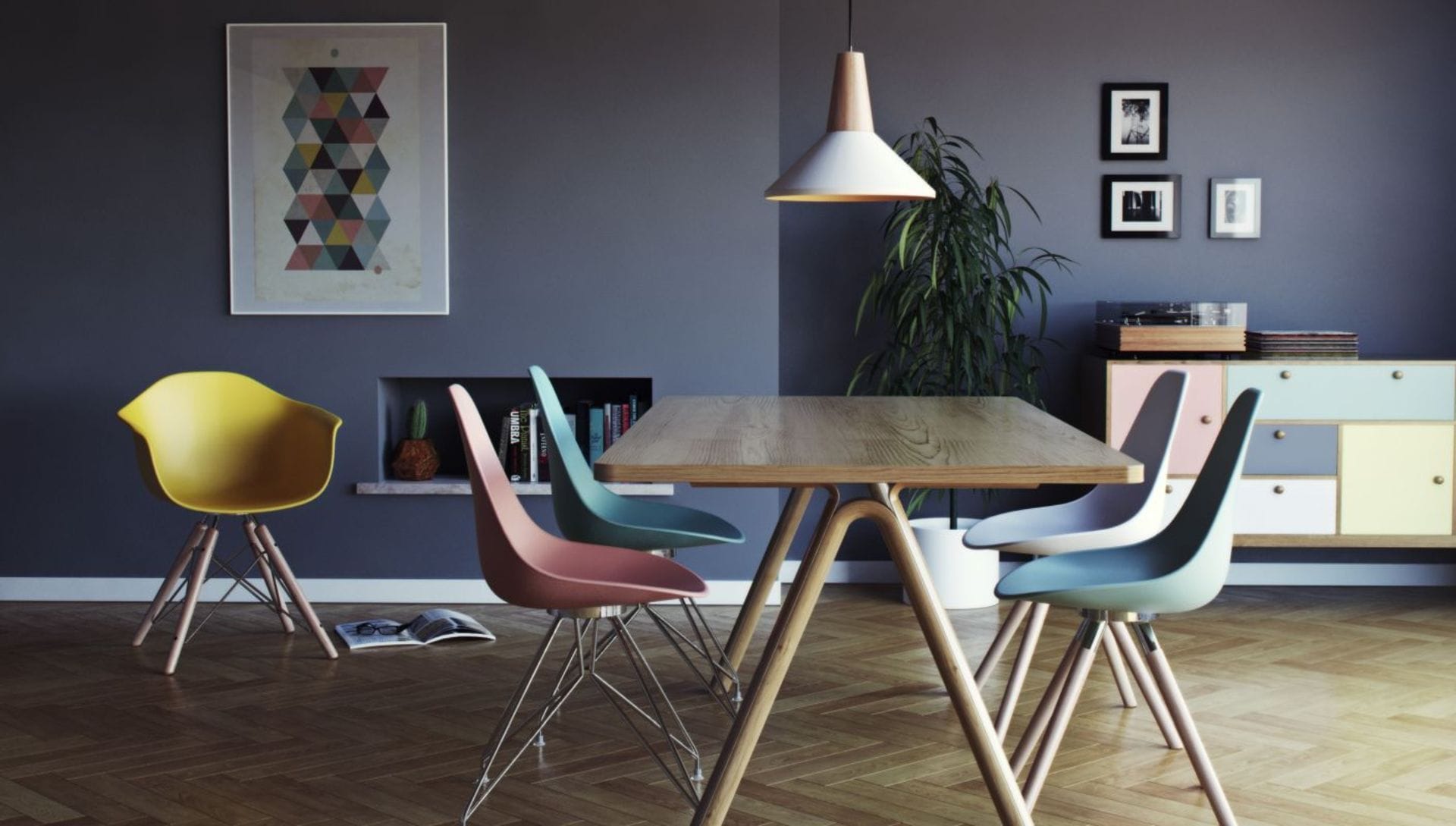
I love V-Ray for Rhino
Half of my business is 3D visualization, and the other half is architectural design. V-Ray for Rhino has always helped me switch between the two worlds, express project design quickly and effectively, and satisfy all client requests for visuals. I’ve watched V-Ray for Rhino evolve into a completely new piece of software, with more or less the same capabilities as V-Ray for 3ds Max. The only limitation is the platform software, not V-Ray.
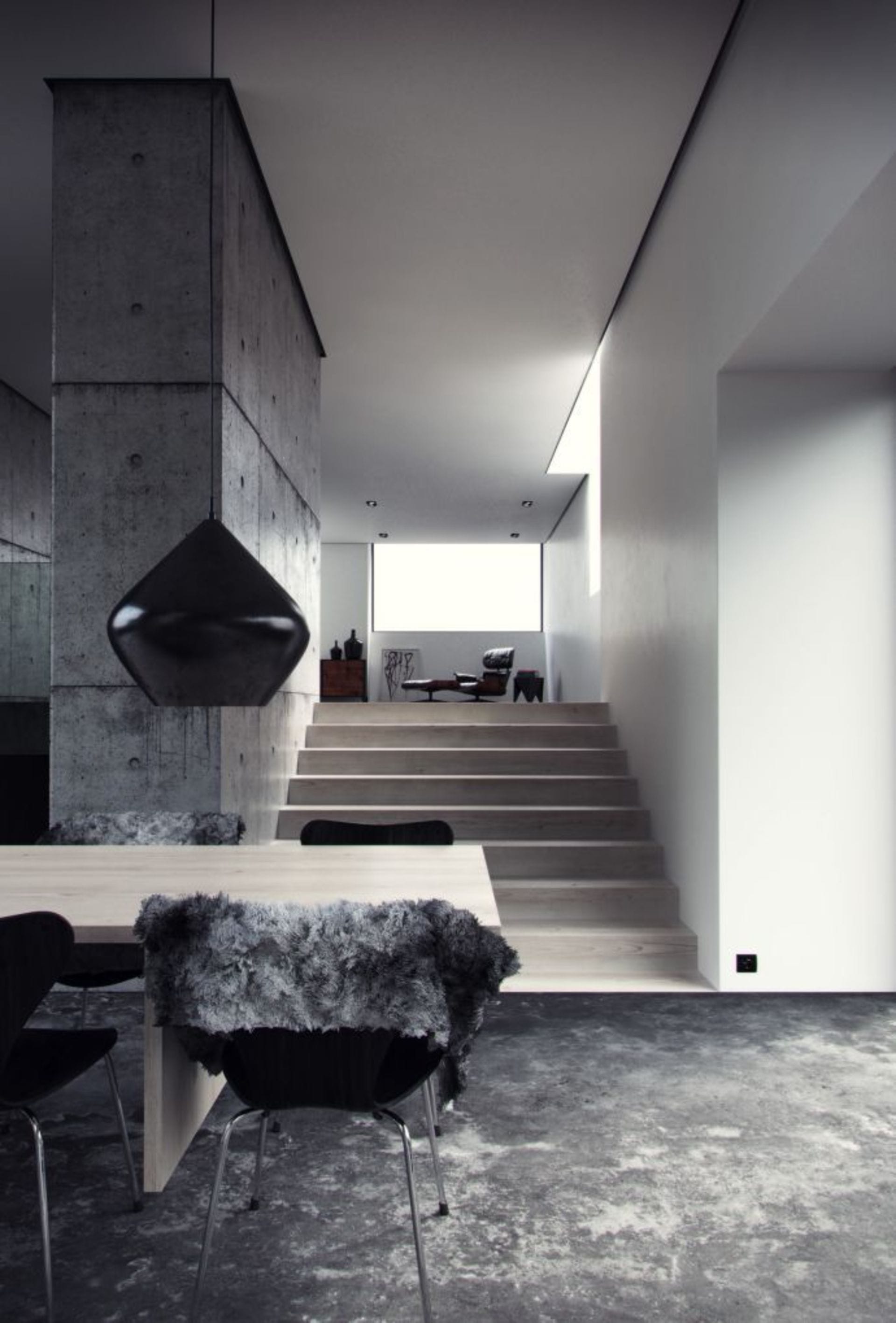
Faster Renders and Fur
Speed is the biggest and most impressive change I’ve seen in V-Ray for Rhino. When I first tested old scenes made in V-Ray for Rhino 2.0 on version 3.0, they rendered almost five times faster. Even beginners would notice this change right away!
This has been achieved with the features such as adaptive lights, probabilistic lights, a new core that doesn’t need subdivisions in materials any more…yes guys you heard it right! No more subdivisions!
I’m also a big fan of fur, the long-awaited hair plugin, which has been perfectly integrated in the core. V-Ray for Rhino 3.6 has the exact same fur as Max, and it works a charm. One tip: always check the surface normal!
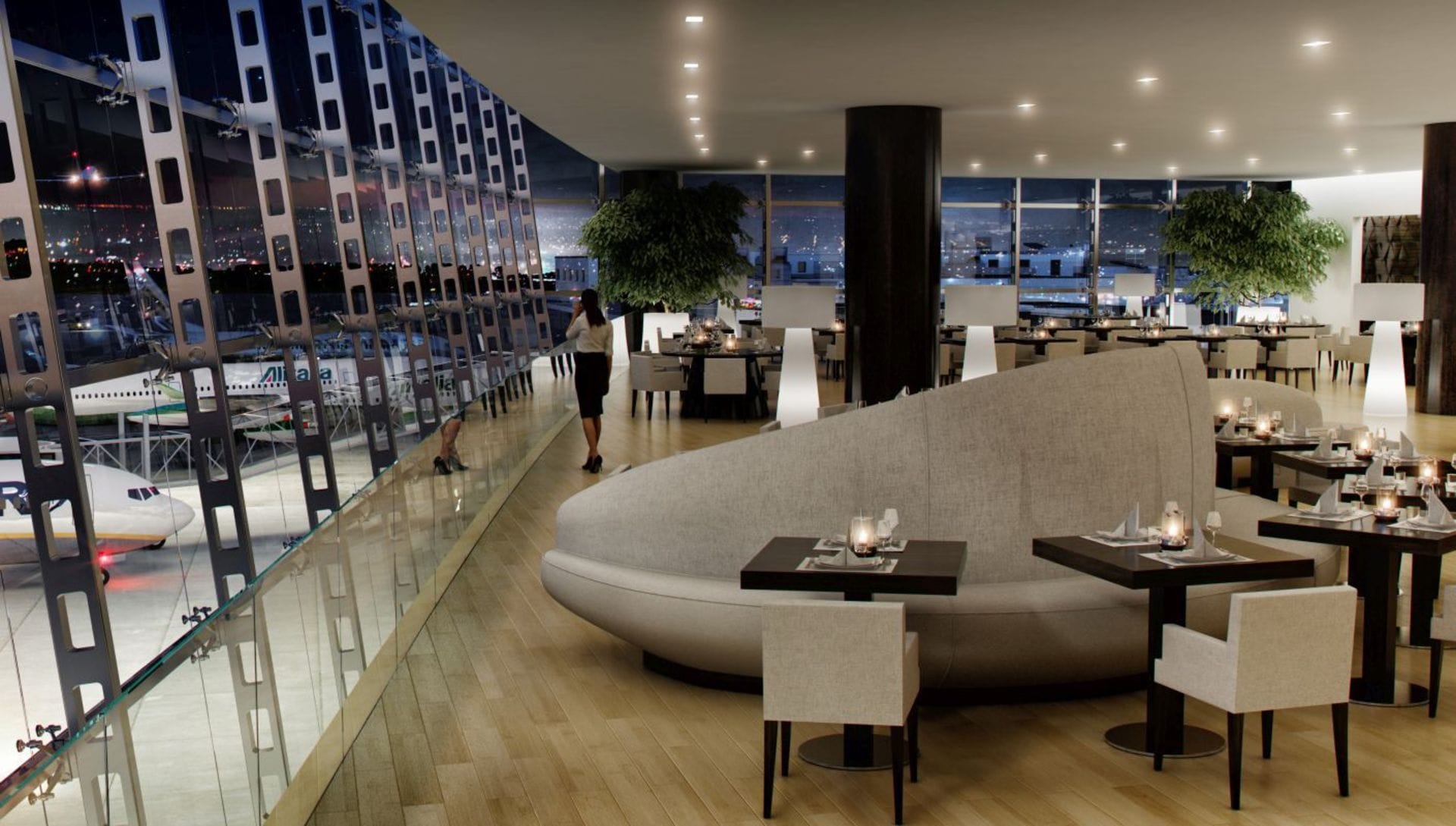
Interface and Asset Editor
V-Ray 3.6 for Rhino’s interface is compact, intuitive and user-friendly, and most of the features that you find in V-Ray for 3ds Max are there. The new Asset editor contains everything you need in one place – and it will blow your mind!
The drag and drop feature is now available for every map and texture, and operations inside the asset editor are fast and easy. In comparison to V-Ray for Rhino 2.0, where I had to manually load every map, it’s nothing short of revolutionary.
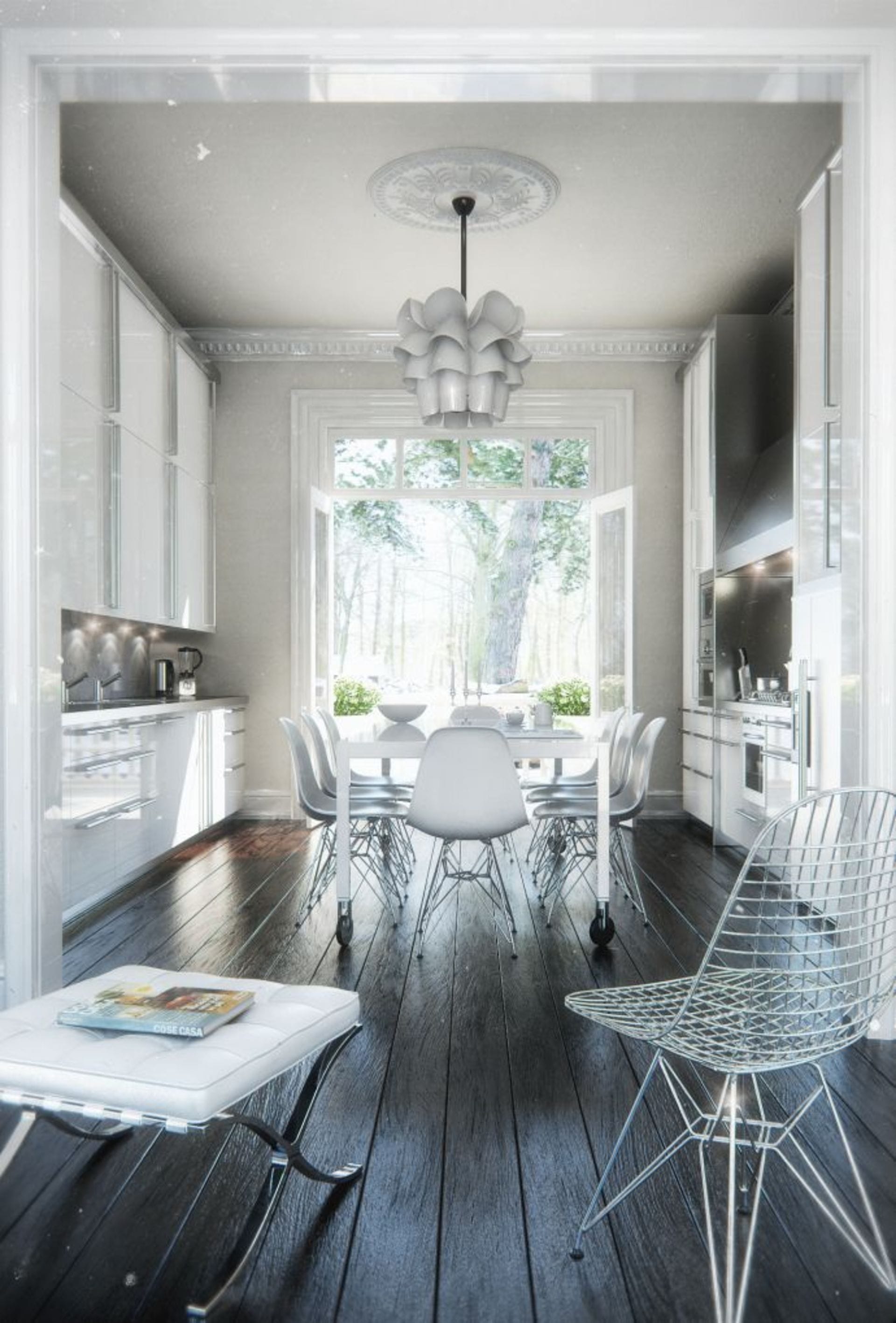
Domelights, VRscans and V-Ray Scenes
There have been a huge improvements in the sampling of the domelights. Interior illumination of scenes is now perfect, and it’s easier to achieve accurate shadows – even with domelights. Check the image above.
Handling complex interior and exterior geometry has never been so simple, thanks to the newly updated proxy interface where you can choose different visualization modes. Not to mention the opportunity to use VRscans’ super realistic materials.
V-Ray 3.6 for Rhino also introduces V-Ray Scene Files as an alternative to proxies. You can even render entire scenes from other platforms like Maya or Max. Can you imagine the possibilities this opens up?
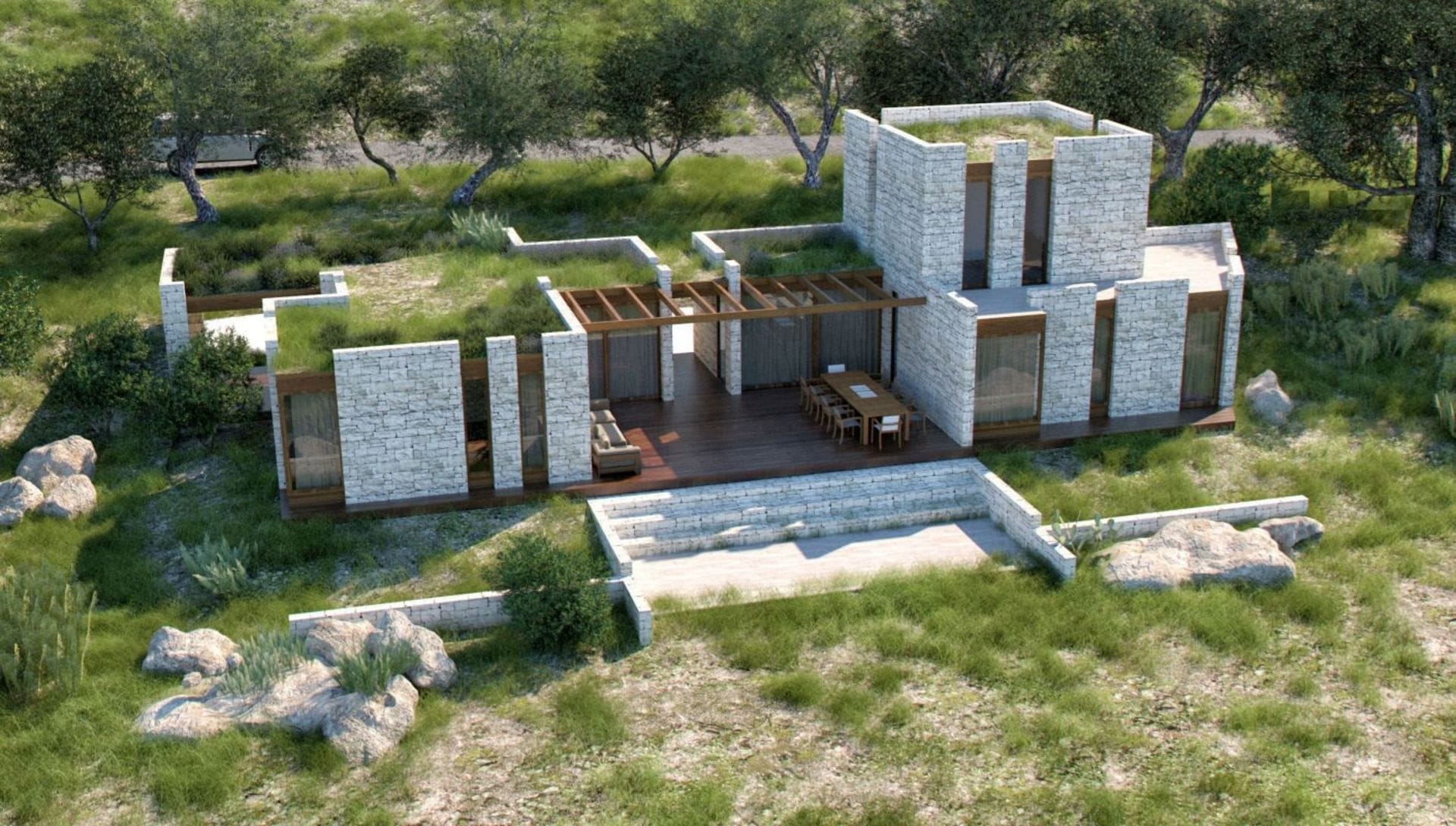
Talking of exterior scenes, who said V-Ray for Rhino cannot handle vegetation for exteriors? The above image was created using fur with a distribution map to give a sense of randomness, and proxy plants!
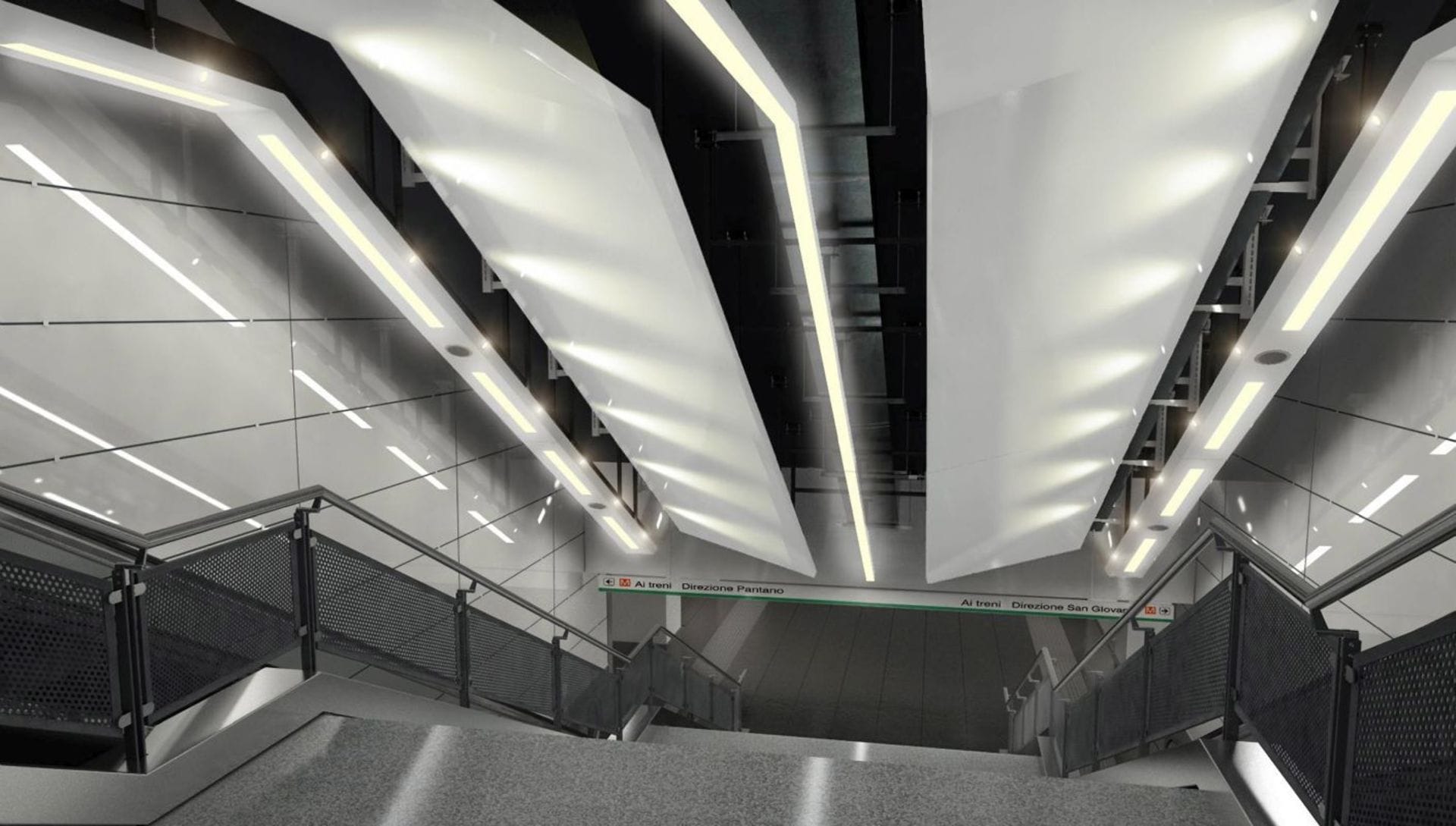
Upgrading from V-Ray for Rhino 2.0 to 3.6 will totally change the way you work, whether it’s in terms of speed, productivity, or simplicity of use.
I’m doing things in 3D that were impossible before without heavy post-production.
Even if I use post-production, I tend to reduce the amount of time spent on it as much as possible. V-Ray 3.6 for Rhino lets me do exactly that, which is something I really longed for.
V-Ray 3.6 is the most amazing tool a 3D artist, who works in Rhino, could look for. In an ever-growing industry, there’s no better investment than the latest version. And if you’re not ready to invest, download the trial version and experience the infinite possibilities.
Check out the What’s new in V-Ray for Rhino 3.6 video.
Got a great idea for a guest article? Drop us a line at editorial@chaosgroup.com with a brief summary and we’ll get back to you.

